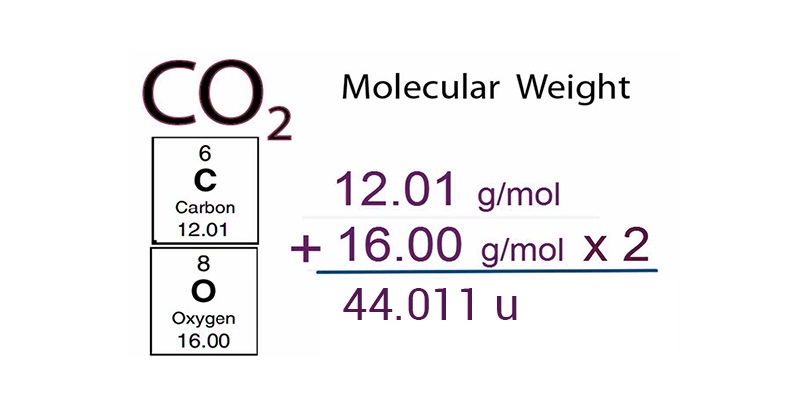

Nuclear Reactor Engineering: Reactor Systems Engineering, Springer 4th edition, 1994, ISBN: 978-0412985317 Stacey, Nuclear Reactor Physics, John Wiley & Sons, 2001, ISBN: 0- 471-39127-1. Baratta, Introduction to Nuclear Engineering, 3d ed., Prentice-Hall, 2001, ISBN: 8-1. Lamarsh, Introduction to Nuclear Reactor Theory, 2nd ed., Addison-Wesley, Reading, MA (1983). According to the Einstein relationship ( E=mc 2), this binding energy is proportional to this mass difference, known as the mass defect. The difference is a measure of the nuclear binding energy which holds the nucleus together. Mass was no longer considered unchangeable in the closed system. Note that it was found the rest mass of an atomic nucleus is measurably smaller than the sum of the rest masses of its constituent protons, neutrons, and electrons. For 63 Cu, the atomic mass is less than 63, so this must be the dominant factor. The nuclear binding energy varies between nuclei, and a nucleus with greater binding energy has lower total energy and a lower mass according to Einstein’s mass-energy equivalence relation E = mc 2.The neutron is slightly heavier than the proton, increasing the mass of nuclei with more neutrons than protons relative to the atomic mass unit scale based on 12C with equal numbers of protons and neutrons.There are two reasons for the difference between mass number and isotopic mass, known as the mass defect: For example, 63 Cu (29 protons and 34 neutrons) has a mass number of 63, and an isotopic mass in its nuclear ground state is 62.91367 u.

The isotopic mass usually differs for other isotopes and is usually within 0.1 u of the mass number. One unified atomic mass unit is approximately the mass of one nucleon (either a single proton or neutron) and is numerically equivalent to 1 g/mol.įor 12C, the atomic mass is exactly 12u since the atomic mass unit is defined from it. The relation between the two units is one atomic mass unit is equal: It is the carbon-12 atom, which, by international agreement, has been assigned a mass of 12 atomic mass units (u). The unit of measure for mass is the atomic mass unit (amu), and one atomic mass unit is equal to 1.66 x 10 -24 grams.īesides the standard kilogram, it is a second mass standard. Units of measure have been defined for mass and energy on the atomic scale to make measurements more convenient to express. The size and mass of atoms are so small that the use of normal measuring units, while possible, is often inconvenient. For example, the most common isotope of carbon is carbon-12 or 12C. The mass number is written either after the element name or as a superscript to the left of an element’s symbol. The mass number is different for each different isotope of a chemical element. The mass of the nucleus is associated with the atomic mass number, which is the total number of protons and neutrons in the nucleus of an atom. As was written, almost all of the mass of an atom is located in the nucleus, with a very small contribution from the electron cloud.


 0 kommentar(er)
0 kommentar(er)
